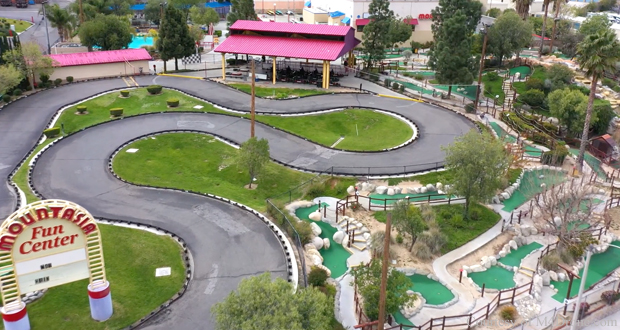Sunday, January 14, 2024 was the day the town of Grindavík faced a volcanic eruption. The volcano, Fagradalsfjall, began near Sundhnúkagigar, an area between the Blue Lagoon and the town of Grindavík. The 4,000 people living in Grindavík were all evacuated to shelters where they stayed until the eruption died down. Thankfully, no lives were in danger as everyone made it to the shelter safely. Currently it is unsafe to visit Grindavík as the area is being monitored for volcanic eruption, but it is safe to visit anywhere else in Iceland.
The eruption in Iceland was caused by two earthquakes along the Reykjanes Peninsula, one 4.5 in size and another 3.9. These earthquakes are called trigger shocks, since they relieve the tension from the crust of the Earth which was caused by magma flows on the peninsula. The magma flows stretched to over 4 kilometers, or 2 ½ miles. The eruption happened when a flood of magma collected below the Earth’s surface had formed an underground path that stretched 16 kilometers, or 10 miles across the region. As this molten rock accumulated more, it eventually blasted through the ground, which was the volcanic eruption. The lava ended up burning down three houses, which were thankfully empty. Although the eruption ended Tuesday, January 16, there is still a high chance of the ground to collapse into fissures within the ground. Construction workers have also built large dams and berms to divert the lava but it still might not be enough to save Grindavík. Volcanologists are also still unsure about the location and size of the next eruption.
As a result of the volcanic eruption, the high inflation risks in Iceland have worsened. As of now, the people of Grindavík are leaving potentially permanently, leaving the Prime Minister Katrin Jakobsdottir and her cabinet to figure out a way to compensate for their homes. The volcano has also caused damage to roads, power lines, and water pipes, as well as creating potentially deadly cracks and crevasses in the ground. All of this will cost the Prime Minister and her cabinet lots of money to repair. The latest inflation reading was put at 7.7% which was more than three times the central bank’s target. Because of this, the central bank has increased rates for the housing market to 9.25%. Asrun Helga Kristinsdottir, the chairwoman of Iceland’s city council, says, “It’s very difficult to find apartments and rent prices are sky high.” Despite this, Iceland is still working towards keeping their citizens safe, while managing inflation to the best of their ability.





























